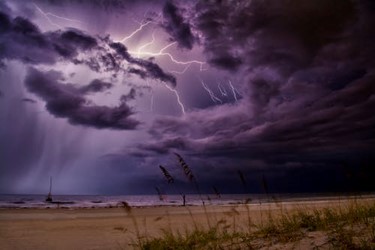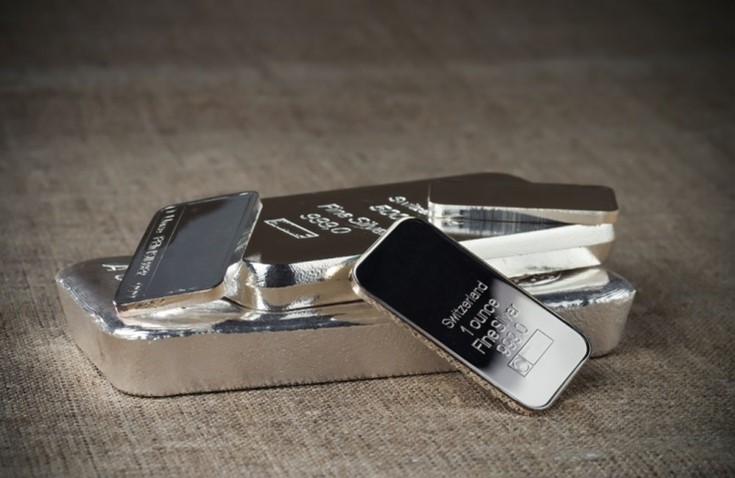Weather and climate change

Weather and climate change
Do I believe in climate change? Well, the answer is Yes and No. I think everyone will agree that the planet has gone through many cycles of warming and cooling. There was the ice age 10,000 years ago and then the Little Ice Age that roughly occurred in the North Atlantic region and Europe from 1300 to 1850. (This was not a true ice age.) NASA says that there were particularly rough times beginning in 1650, 1770, and about 1850. There were intermittent periods of warming between these periods, but millions of people died due to the cold and subsequent crop failures.
The “Yes” part of my answer is substantiated by the above. The “No” part of my answer is that while I agree with climate change I do not think it is impacted by human activity. This is because just one large volcanic eruption can pollute our atmosphere more than humans do in many years. You should be more concerned with Yellowstone National Park blowing up. Volcanic or man-made, these are things beyond our control. America has bent over backwards to help and at great expense to all of us. So please Greta Thunberg, Al Gore, John Kerry, and the like; stop yelling at me until you get China, Russia, India, and many others bad actors to participate. China completes a new coal fired electrical generation plant every week of the year.
So what should we make of the globe warming issue. There are a couple of things. One is that many people plan to bug out to the South because they are afraid of the cold. If you believe in imminent global warming you might want to reconsider. You will not have air conditioning and it may even be too hot and too dry to grow crops. If it is hotter in the South it stands to reason that it will also be a little warmer in the North. You won’t have air conditioning there either, but you can always light a fire in the fire place on those occasions. Science tells us that globe warming will be beneficial to plant growth. So if it does warm up in the more northerly regions the result will be that you can grow even more food and have a longer growing season.
All of this came to mind a few days ago when I noticed the very high temperatures across the northern region of the United States. I believe it was March 11th, 2024. Here are the high temperatures I noted in the northerly states from the Pacific Ocean to the Great Lakes.
Washington low 80’s
Idaho mid 70’s
Montana mid 60’s
Wyoming low 60’s
North Dakota high 70’s
South Dakota mid 70’s
Minnesota low 70’s
Iowa low 70’s
Wisconsin high 60’s
Illinois low 60’s
Overall it was a very pleasant winter in the Great Plains region of the country. Next year could be different, but it does seem like the past three or four decades have been getting a little more comfortable in the northern states. Now, if your follow John Kerry’s church, you should be looking more towards Canada.
No State is perfect. Just take a look at Arizona and note that these are relatively recent dates.
Arizona by the numbers
– All-time highest temperature: 128° F (Lake Havasu City on June 29, 1994)
– All-time lowest temperature: -40° F (Hawley Lake on Jan. 7, 1971)
– All-time highest 24-hour precipitation: 11.4 inches (Workman Creek 1 on Sept. 4–5, 1970)
– All-time highest 24-hour snowfall: 38 inches (Heber (Black Mesa) Ranger Station on Dec. 14, 1967)
Heber Black Mesa Ranger Station is a two-and-a-half-hour drive from Phoenix and is a ranger district on the Apache-Sitgreaves National Forests. On Dec. 14, 1967, this part of Arizona suffered from an unexpected natural disaster in the form of a non-stop snowfall that lasted eight days and came to be known as “The Blizzard of 1967.”
If you are 57 or older you were alive during all of these events. Extremes are everywhere and in every state. But for me I would rather be at -40 with a stack of fire wood rather than +128 with a baseball cap.





